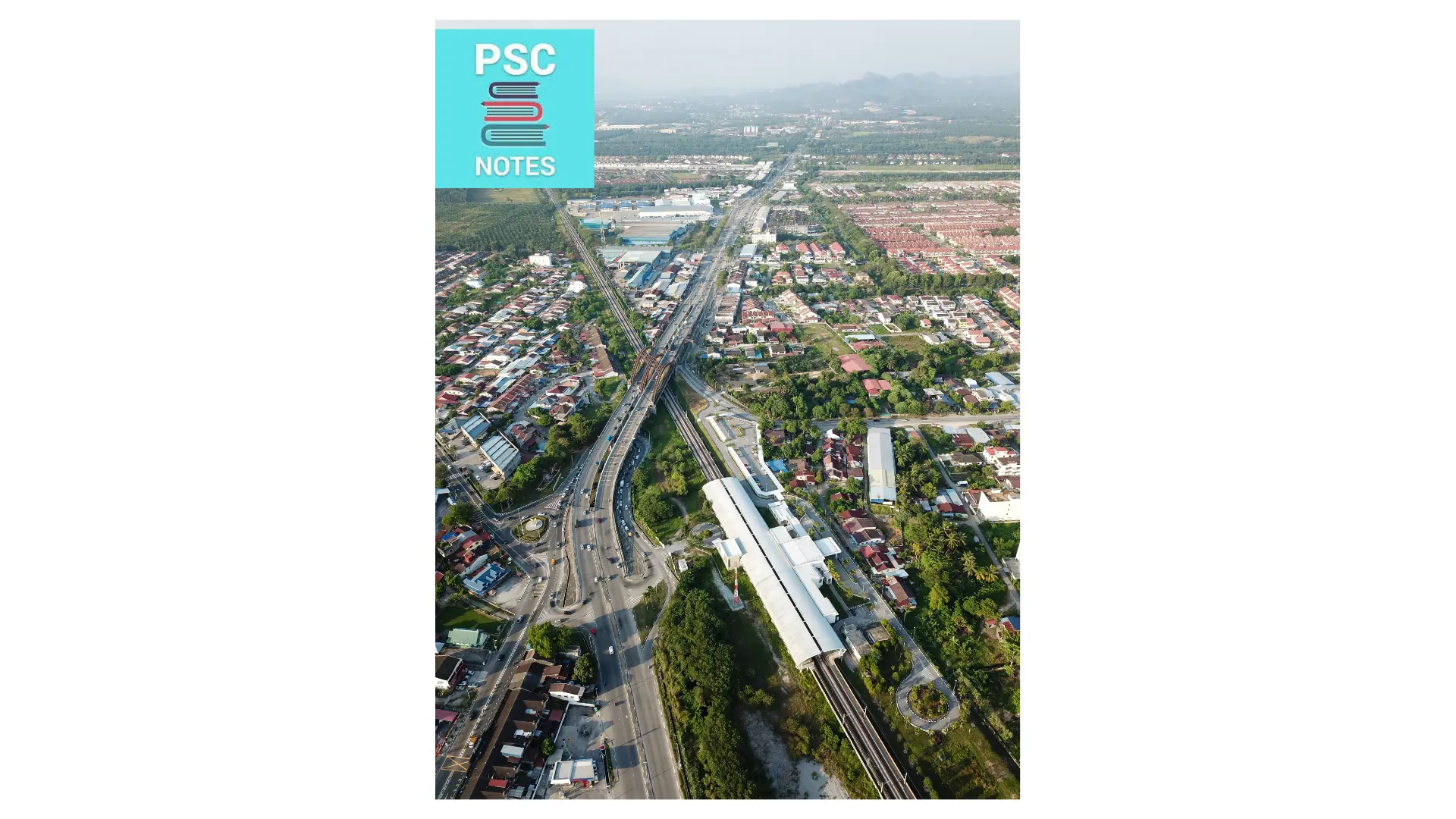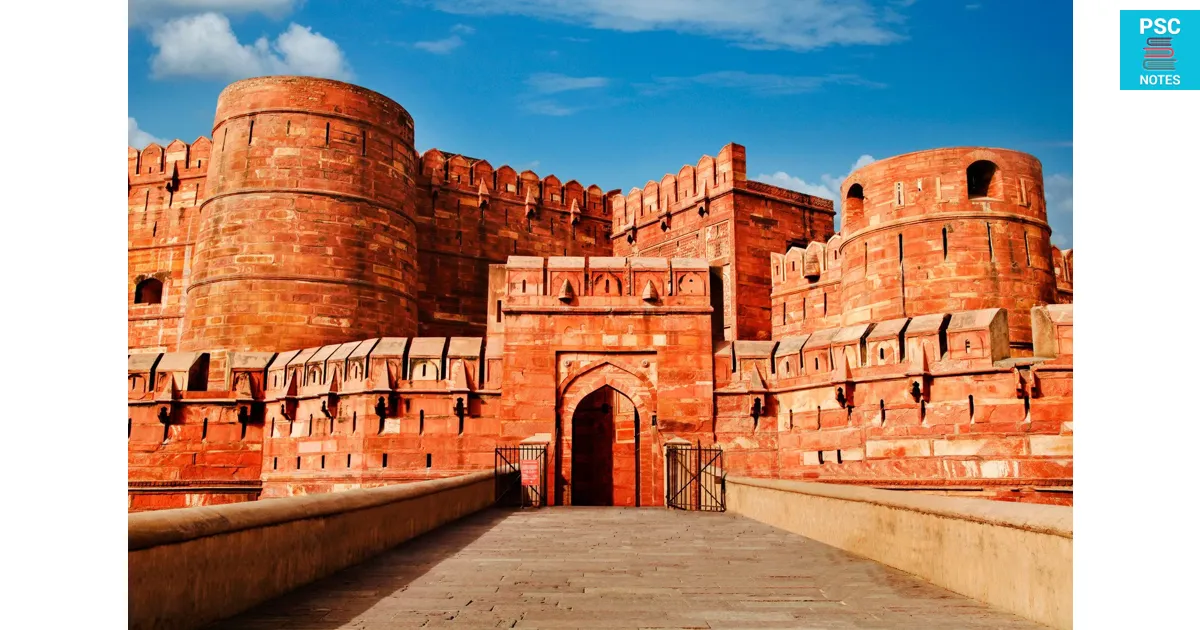Broad Physical features.for Ras Rts Mains Examination and Ras Rts Prelims Exam
Introduction. 2 Two approaches to study Geography. 2 History: 2 Branches: 2 Origins of Earth. 3 Theories: 3 Nature of earth: 3 Time line: 3 Solar System.. 3 Earth: Shape and Size. 4 Location on Earth. 5 Motion of the Earth & Effect of inclination. 6 Time. 7 Moon. 8 Atmosphere. 10 Structure. 10 … Read more


